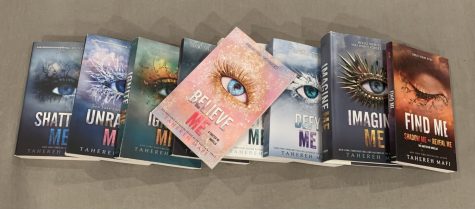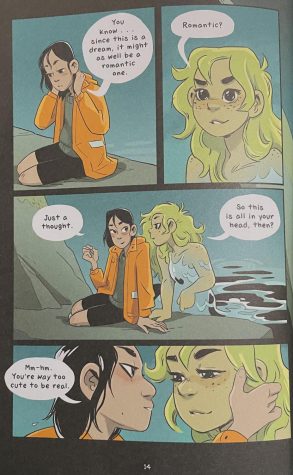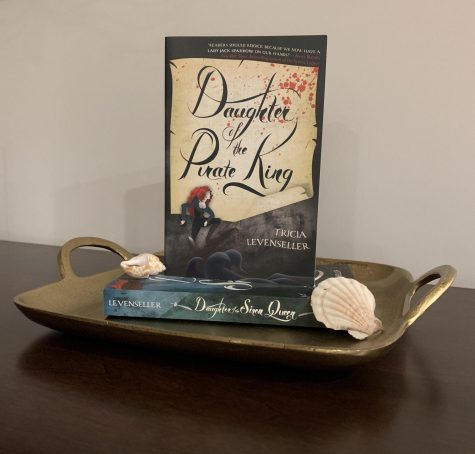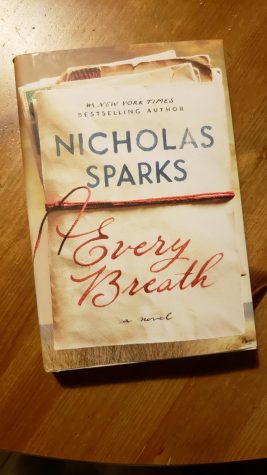‘Paper Towns’ never falls flat
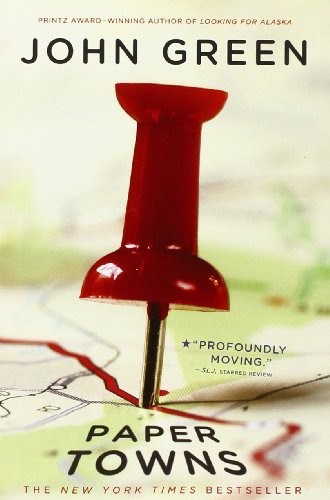
Photo via ibookpile.com under Creative Commons License
The paperback cover of John Green’s Paper Towns, published by Dutton Books.
Take note The Fault in Our Stars, this is how it’s done. This is a book that completely understands the mechanics of how teenagers speak, act and commonly perceive the world. Yes, Paper Towns author John Green does also happen to be the man behind The Fault in Our Stars, but of these two novels, the underappreciated Paper Towns is definitely the superior literary work.
Published in 2008, this bestselling young adult novel follows Quentin Jacobsen and his passionate fascination with his neighbor Margo Roth Spiegelman, who have been bonded since their childhood when they found a dead body in their subdivision of Jefferson Park. One night during their last month of high school, Margo suddenly appears at Quentin’s window and takes him on a wild all-nighter in which the two release their vengeful wrath on those have wronged them. But the next day, Margo disappears and sends Quentin on a desperate search in and out of Orlando, Florida to find her, all while Quentin slowly starts to realize that Margo may not be how his mind has always pictured her.
What makes Paper Towns far better than Green’s notably more successful novel The Fault in Our Stars, which to its credit is a fairly decent book, is his treatment of the characters. In Fault, Green manifests his characters with this obnoxiously precocious literary wizardry and an “I have cancer, which means I’m deep” sort of mentality. That kind of character structure is somewhat unfaithful to how normal teenagers behave, and it detracts from the authenticity of the story. But here, Green allows his characters to conduct themselves in a similar fashion to how true adolescents would, making everything acutely gripping and rewarding.
Quentin is a congenial protagonist/narrator, and the ways in which his mind functions feel profoundly honest. His interactions with his friends are just so genuine and the specific relationship he develops with Margo, or the image his mind paints of Margo that is, becomes increasingly intriguing as the plot thickens. It’s not the typical kind of relationship that standard young adult novels are accustomed to say the least.
The way in which it’s all formed is refreshingly unique and the unpredictability of it all is astounding. What makes the book so sharp is that its finale is simplistic and has no interest in conjuring a mind-blowing twist like any other mystery novels would.
Green exemplifies his clear understanding of youth and how easy it is for them to become obsessed with something, for it truly is. He builds these strong characters and takes them on this beautifully perpetual journey that allows them to learn more about people and how one can misconceive the way a person really is. Expectedly so, a film adaptation, currently being filmed, is due next summer and with Green being an executive producer on it, which he was not for the Fault adaptation, chances are it’ll turn out better. It’s sincere, charming, and without a doubt Green’s best novel.

INTERESTS/HOBBIES: Inter-dimensional travel.
EXTRACURRICULAR ACTIVITIES: Stopping Dr. Doom.
THREE WORDS TO DESCRIBE ME ARE: This isn't science.
IN...









